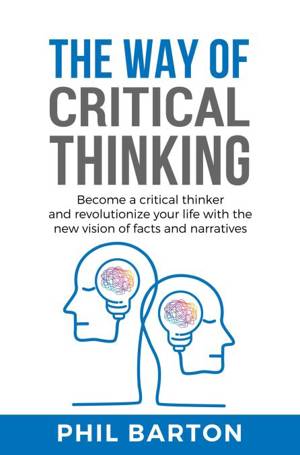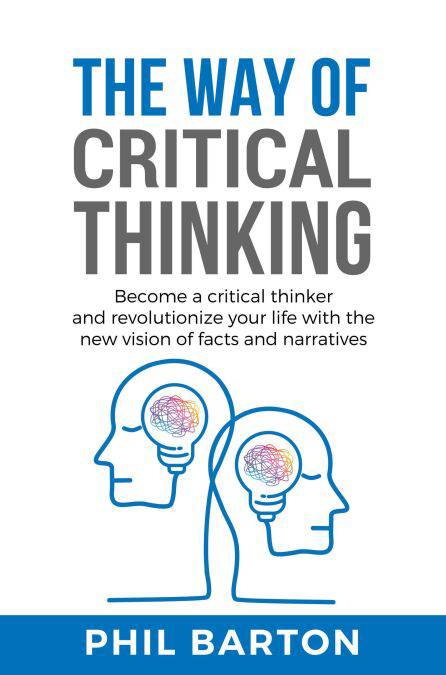
- Retrait gratuit dans votre magasin Club
- 7.000.000 titres dans notre catalogue
- Payer en toute sécurité
- Toujours un magasin près de chez vous
- Retrait gratuit dans votre magasin Club
- 7.000.0000 titres dans notre catalogue
- Payer en toute sécurité
- Toujours un magasin près de chez vous
The Way of Critical Thinking: Become a Critical Thinker and Revolutionize Your Life with The New Vision of Facts and Narratives EBOOK
Self-Help, #3
Phil BartonDescription
In this manual you will find a series of tips and mental models to think better while avoiding the most common cognitive biases and logical fallacies, how and why we are persuaded by people and advertisements and how to make better decisions.
After reading this book, you will realize that an important percentage of the people you hang out with (or hear about) are subject to reasoning errors, but this does not depend on intelligence (or at least marginally) but on habits, partial information and how our mind has been structured during evolution but, above all, it depends on our tendency towards cognitive economy: having to decide on the basis of rational reasoning requires longer times and many resources. In order not to overload our brains and to be able to cope with such continuous requests in a reasonable time without being exhausted, we are forced to use intuition and some cognitive (heuristic) shortcuts. This way of reasoning, however, makes us more likely to choose in an associative, metaphorical and casual way, more rarely in a probabilistic way.
Who is this book for?
To people who want to improve their ability to argue, to those who want to know the most common cognitive biases and logical fallacies but, also, to those who want to deepen persuasion, decision making, logic and some curiosities about the human mind. This book starts from the basics and, vertically, deepens most of the topics covered.
Spécifications
Parties prenantes
- Auteur(s) :
- Editeur:
Contenu
- Langue:
- Anglais
- Collection :
Caractéristiques
- EAN:
- 9798223811541
- Date de parution :
- 08-06-23
- Format:
- Ebook
- Protection digitale:
- /
- Format numérique:
- ePub

Les avis
Nous publions uniquement les avis qui respectent les conditions requises. Consultez nos conditions pour les avis.






